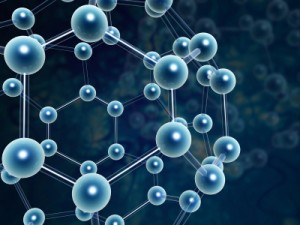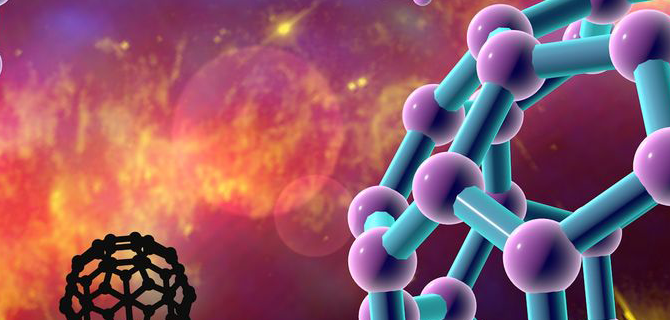Plasmonic science is divided into several parts (nano-microelectronics)
Researcher and author: Dr. ( Afshin Rashid)
Note: Plasmonics are divided into two components, each of which is an application of metals and electromagnetic waves in nanometer profile in two-dimensional, one-dimensional and even zero-dimensional structures.
These two areas are:
1- Localized Surface Plasmon
2_ Surface Plasmon Polariton
1-2 Localized Surface Plasmon
The intensification of surface plasmons is the coordinated and cumulative oscillations of metal electrons that are stimulated by radiation.
The oscillation condition is that the frequency of the irradiated photons is equal to the natural frequency of the surface electrons (which is to overcome the force of the central nucleus). Resonance of surface plasmons in structures with nanometer dimensions is called Localized Surface Plasmon Resonance.
Localized surface plasmons are non-diffuse excitation conduction electrons of metal nanostructures to which an electromagnetic field is coupled. Plasmonic waves are generated using the scattering problem of a conducting nanoparticle whose dimensions are below the wavelength of a high-excitation electromagnetic field.
The interaction of a particle of size d with electromagnetic waves with excitation wavelength λ can be investigated in various analytical, semi-analytical and numerical methods. Of course, in these analyzes, it is always assumed that d≪λ, that is, the particle size is much smaller than the wavelength. The coordinated oscillation phase of an electromagnetic field at a particle volume is assumed to be constant.
The following conditions are effective in the stimulation of localized superficial plasmons and their characteristics:
- Electronic properties of nanoparticles
- Dimensions and shape of nanoparticles
- Temperature properties of nanoparticles
- Dielectric surrounding nanoparticles
Of course, it is important to note that as the distance from the surface of the metal nanoparticle decreases, the intensity of the electromagnetic field (specifically the intensity of the electric field) decreases exponentially.
In this nanoparticle, the generated electromagnetic field is localized, compressed and improved. Slight changes in the dielectric around the nanoparticle affect the intensification of surface plasmons, so that these changes are reflected in the amount of beam scattered, the absorbed beam, or the change in wavelength. These changes can be measured using optical characteristics. The oscillations of surface electrons and the electric field around them indicate the intensification of localized surface plasmons.






